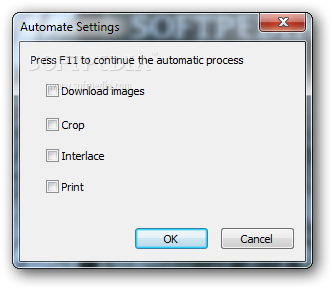


The image data can also be shown in a different frame, and this frame can also be multiple images. For example, you can see your chest, head and the back of your neck, all at the same time. Each segment of the image is shown as a frame, allowing users to see from a different perspective. Users can either scan or type the title and barcode (for example, Nike, Adidas, Mac, HP or Dell, etc.) Users can choose which content to display on each of the lenticular segments, the title and barcode are displayed in the center. Because of this feature, it is often used in advertising, such as the current online advertising format. Lenticular Lens Technology is a process of molding three-dimensional shapes on a piece of plastic by etching the mesh pattern of the shape before the plastic is molded into the final product.ĭigital 3D printing, a specific version of 3D printing, uses this technology to display different image patterns (or content) on one 2D, flat sheet of plastic, a lenticular sheet of plastic. Three-dimensional (3D) image forming technology, such as the popular Lenticular Lens Technology, has been heavily used in computer graphics. Starting in early January and continuing throughout the mission, we will release real data from Mars for you to use in Maestro. Then, check the updates section of the site frequently. Maestro comes with data taken during recent rover tests You’ll need to download Maestro to your computer. Updates are also available for Maestro that contain real data from Mars that you can add to your copy of Maestro. Maestro is a scaled-down version of the program that NASA scientists use to operate Spirit and Opportunity


 0 kommentar(er)
0 kommentar(er)
